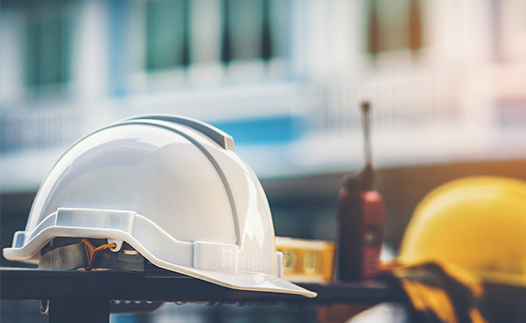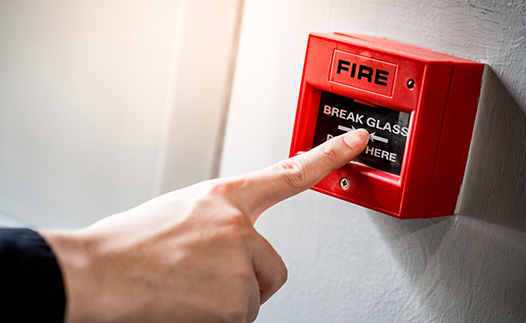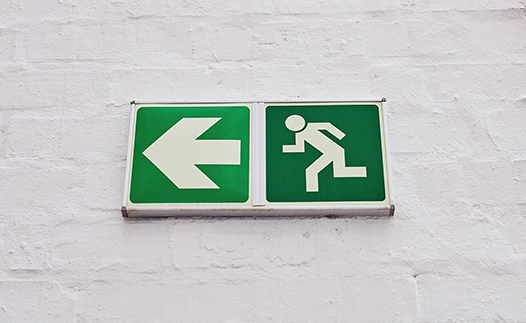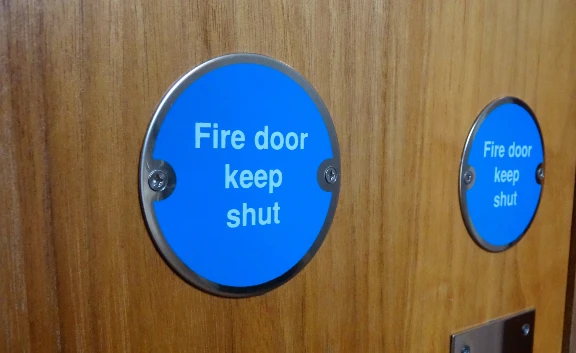This website uses cookies to improve your browsing experience. Please confirm that you accept our use of cookies. For more information view our cookie policy
We carry out regular fire risk assessments of all the buildings we own. These allow us to identify and resolve any fire safety risks and put preventative safety measures in place:

If you have any questions about building safety inspections in your block, including Fire Risk Assessments, please do get in touch. You can contact us by email at fireandelectrical@moat.co.uk and a member of our Property Services team will be in touch.
Estate inspections are used to monitor the upkeep and condition of our estates (including those maintained via a managing agent) and to identify issues such as repairs and maintenance, health and safety and environmental issues. They also help to assess the quality of estate services, including cleaning and grounds maintenance while ensuring value for money.
We complete monthly estate inspections and the form includes a checklist of basic fire safety and health and safety precautions, which will be completed on every estate inspection.

We regularly service our existing fire equipment and carry out any necessary repairs. We work with a specialist contractor, Marlowe, who follow a fire equipment servicing schedule:

A Fire Action Plan is displayed in the communal areas of your building and will clearly tell you whether your fire safety strategy is ‘stay put’ or ‘immediate evacuation’. This will differ from building to building because some are designed with fire stopping measures, making it safer to stay in your apartment, while others are not.

Fire doors play a critical role in keeping fire and smoke contained in one room so they don't spread throughout a building. Everyone plays their part in ensuring a fire door performs as it should in the event of a fire, from the door manufacturer and our fire safety team through to everyone who lives in the building.
Knowing what to look out for and what to do if you spot a problem might just save a life. Click here to find out more.

Click here for more information on our stay put processes in the event of a fire.
Click here for more information on our total evacuation processes in the event of a fire.
In both stay put and total evacuation buildings, you should leave your flat immediately if fire, heat or smoke make their way into your home.
If you would like help understanding or developing your escape plan or a further explanation of the Fire Action Plan and how it affects you, please contact us.